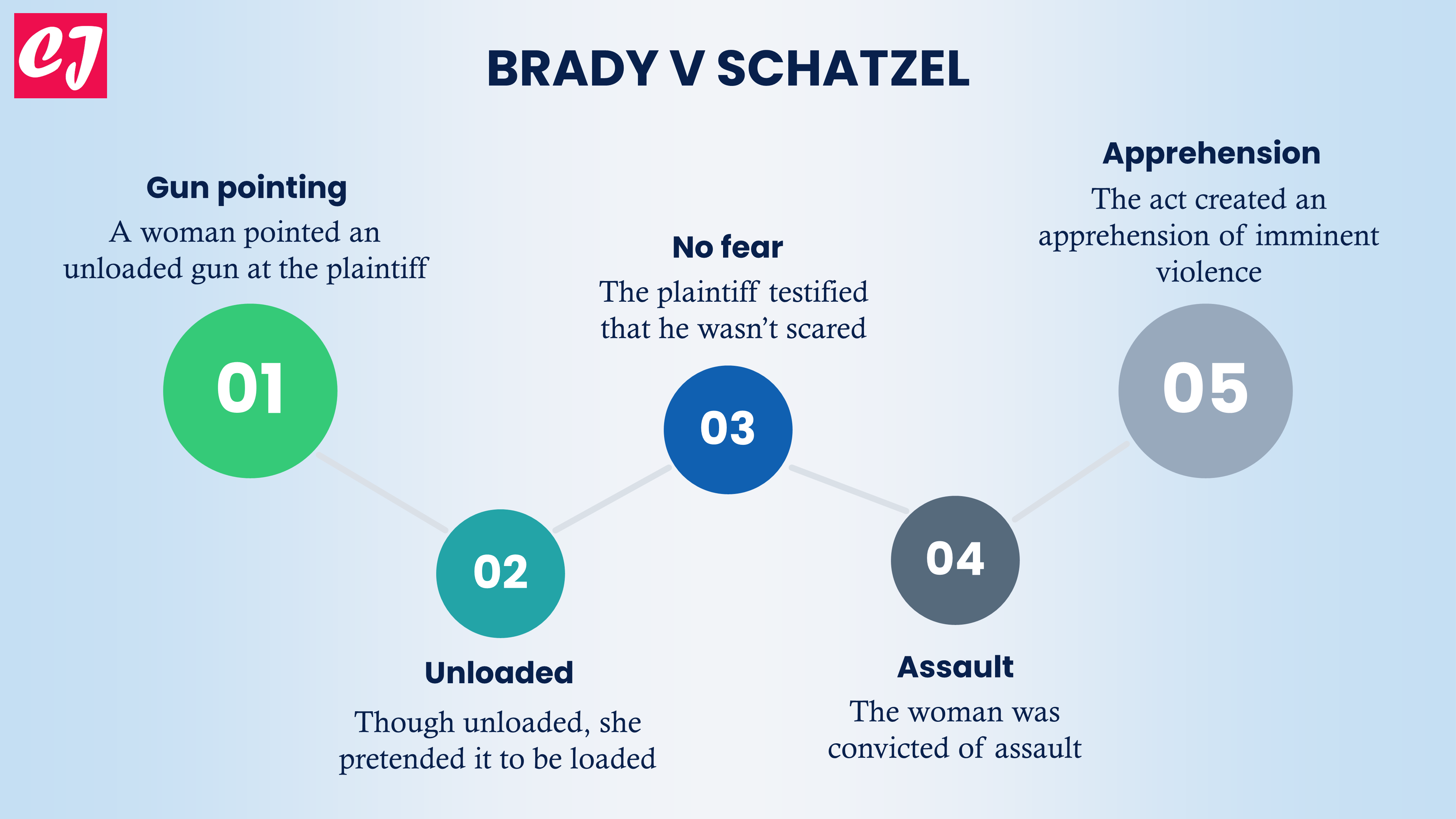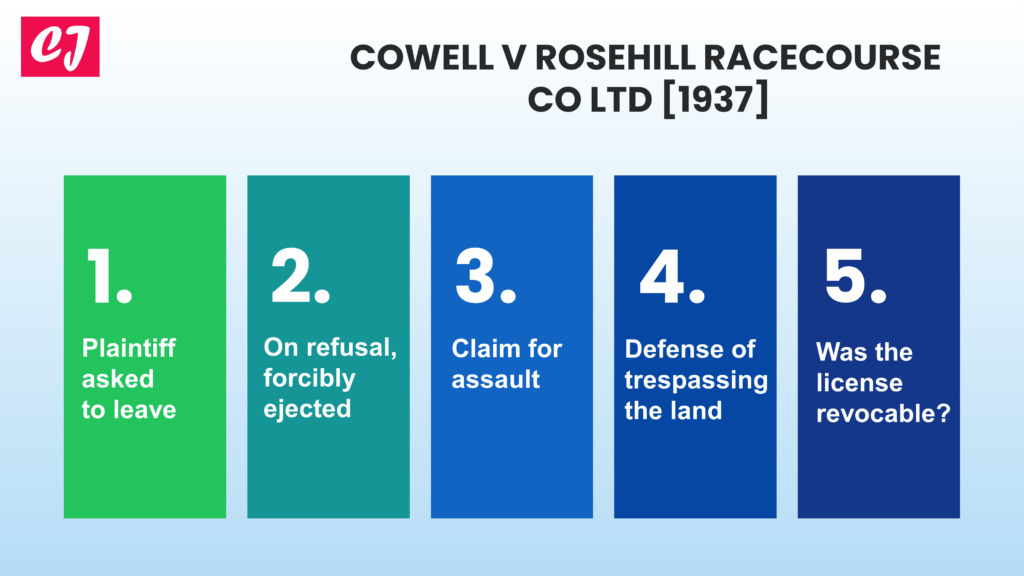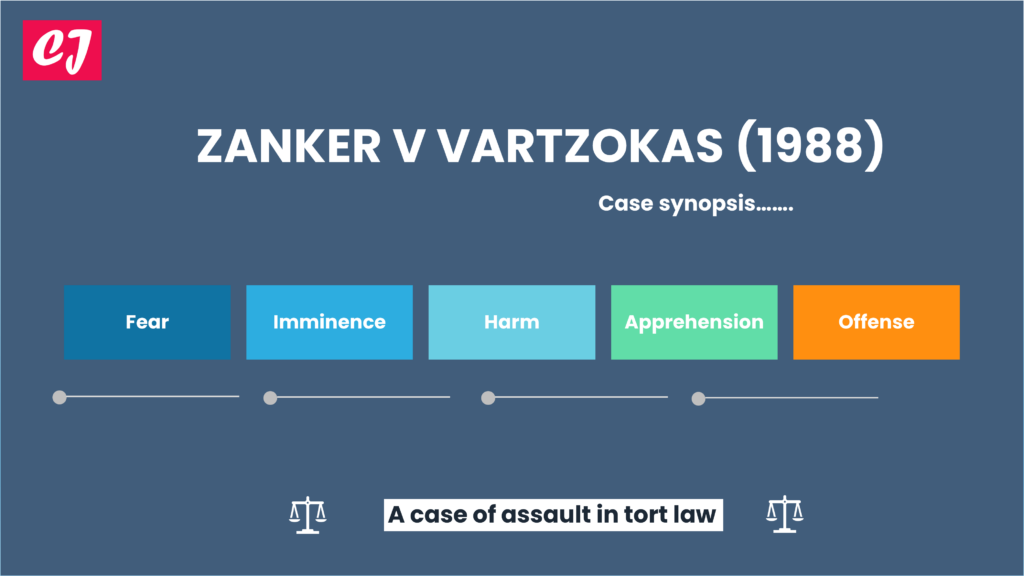
A Case Summary of Brady v Schatzel [1911]
Case name & citation: Brady v Schatzel [1911] St R Qd 206
- The concerned Court: Queensland Supreme Court
- Decided on: 08 Aug 1911
- The learned judge: Chubb J
- Area of law: Assault
Case Overview
Brady v Schatzel [1911] is a tort law case on assault. It dealt with the question of whether an act can be constituted assault if it doesn’t frighten the victim. Also, does it matter that the accused person is actually incapable of carrying out the threat (though not obvious)?
What happened in Brady v Schatzel?
The plaintiff entered the defendant’s property to question her son over something. The defendant pointed an unloaded gun at the plaintiff and threatened to shoot him. In Court, the plaintiff said that he was not scared or frightened by the actions of the defendant. Nevertheless, the Court decided that the defendant was still liable for assault because her actions created a reasonable apprehension of violence or the immediate application of force. It did not matter whether the plaintiff was personally scared or not. The purpose of the law is to protect people from such instances of violence and threats of force.
Furthermore, despite the gun not being loaded, the defendant was still liable. A person pointing an unloaded gun at someone can be convicted of assault if it makes the victim believe that the gun is loaded. Again, what is necessary to establish an assault is the intention to cause apprehension in the plaintiff that a battery is about to occur. No actual physical force or interference is necessary. Even if the person creating the apprehension is incapable of making physical contact with the victim, the victim may still reasonably apprehend imminent physical force.
Quote from Brady v Schatzel
The Supreme Court of Queensland stated as under:
“[I]t is not material that the person assaulted should be put in fear … If that were so, it would make an assault not dependent upon the intention of the assailant, but upon the question whether the party assaulted was a courageous or timid person.”
Reasoning behind the decision
To constitute assault, the defendant’s actions must be such that would create an apprehension of imminent violence in the mind of a reasonable man. In other words, the victim must reasonably apprehend the harm. The act must make a reasonable man in the shoes of the plaintiff believe that force is about to be applied to them.
Merely because the plaintiff is a brave person and was not frightened by the threat, it does not preclude the plaintiff from claiming damages for assault provided that the alleged act of assault would make a reasonable person to apprehend that imminent harmful or offensive contact would occur.
The test is an objective test, meaning that it is not based on the specific or particular plaintiff but rather on how a reasonable man would perceive the situation.
List of references:
- https://nou.edu.ng/coursewarecontent/LAW%20323%20Law%20of%20Torts%20I.pdf
- https://research-repository.griffith.edu.au/bitstream/handle/10072/38334/65198_1.pdf%3Bsequence=1
- http://ndl.ethernet.edu.et/bitstream/123456789/49417/1/17.pdf
- https://media.opengov.nsw.gov.au/pairtree_root/89/b5/bf/c7/aa/d3/4e/8a/b5/56/03/27/2b/b8/36/bd/obj/FS12_Defining_Assault_for_the_purpose_of_the_reportable_conduct_scheme.pdf
You might also like:
More from tort law:

